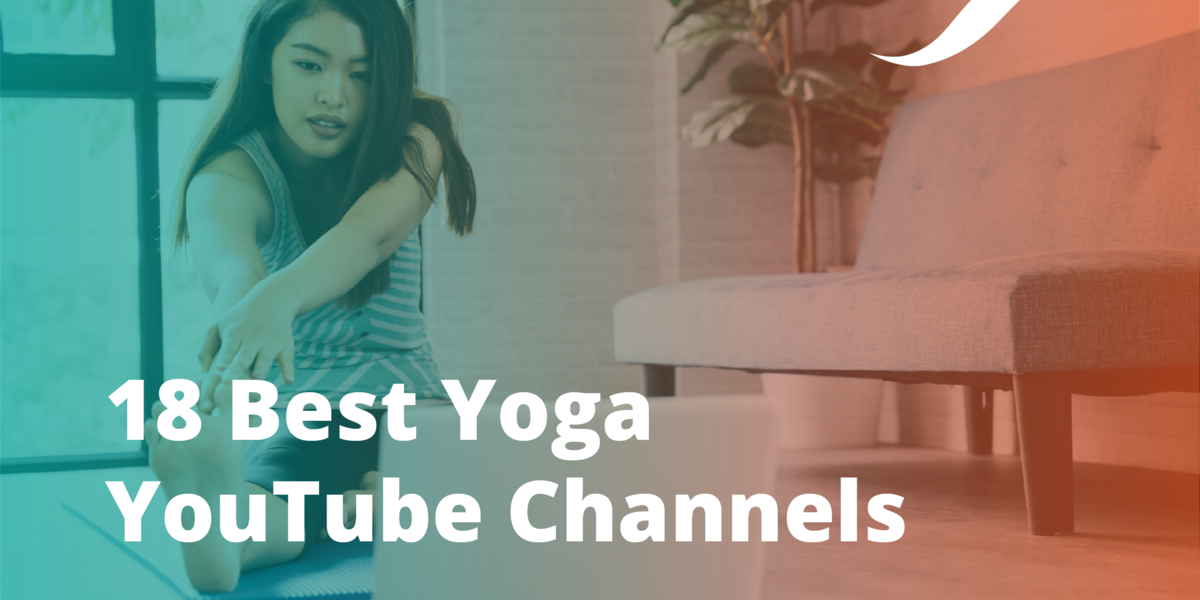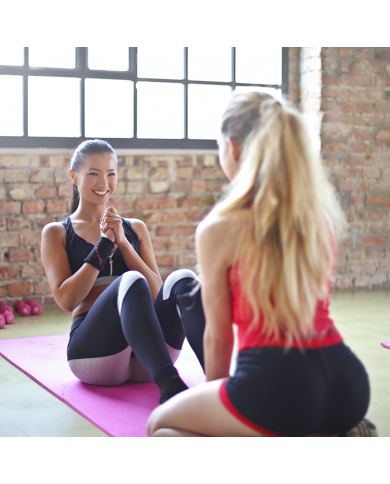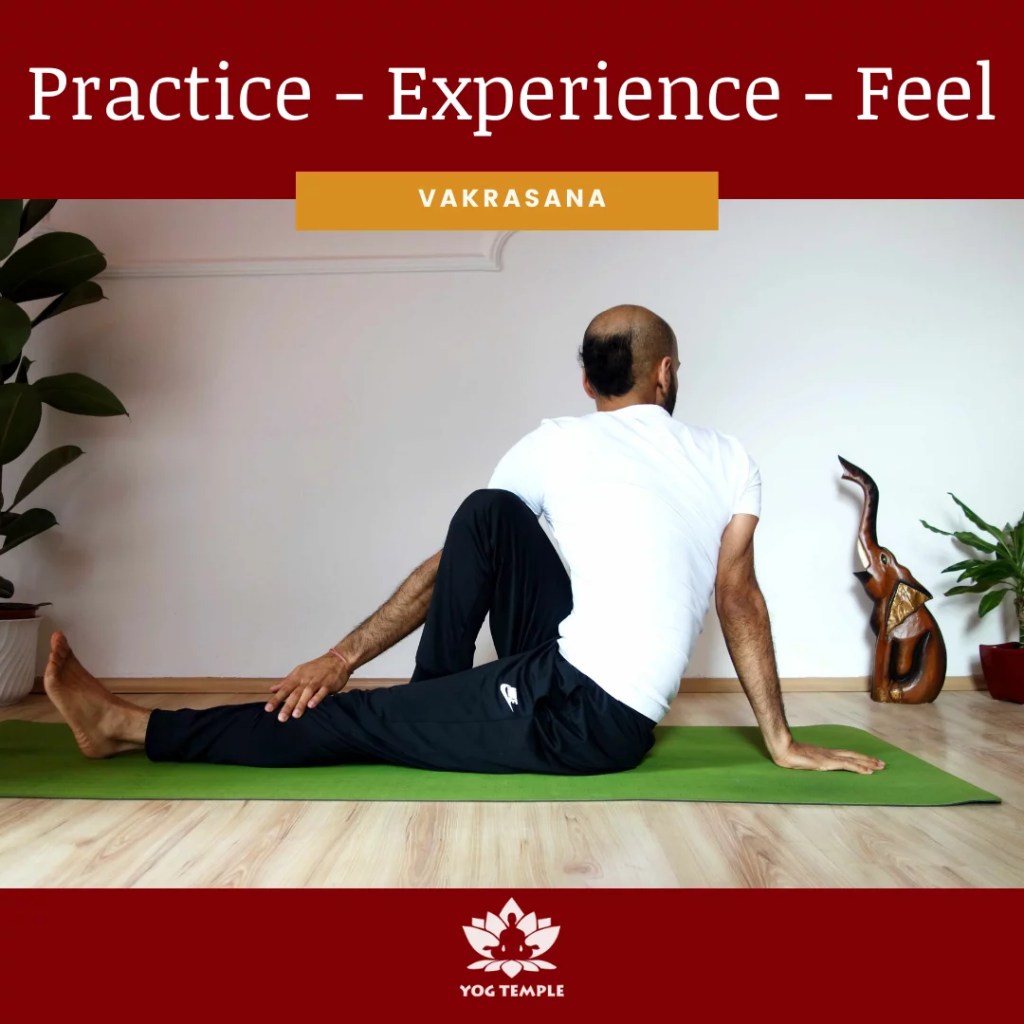
This book will help you learn the fundamentals of yoga if you are a beginner. It provides step-by–step guidance, specific poses that address health concerns, and a weekly calendar. Although this book is not for everyone, it will make a big difference in your body. Yoga can help you connect with your mind and body, and will help you achieve balance in your daily life.
Kimberly Ann Johnson's book
Kimberly Ann Johnson has been a trauma teacher and somatic counselor. "Call of the Wild, Healing the Inner Wild", Johnson's groundbreaking book offers a powerful and unique way for women to heal trauma. Johnson, who draws from her extensive experience and has been trained in somatics, synthesizes key concepts of the field to create a practical and easy-to-understand guide for healing trauma.

Johnson, a somatic practitioner and postpartum educator, has spent the past twenty years helping women recover from trauma. The same themes have recurred over and over again: a strong focus on executive function but neglecting the body. Unresolved pain creates physical and mental stagnation.
David Frawley's Book
David Frawley is the author of this book. He has over 20 years experience in natural healing. He has studied Vedic and Chinese astrology, Chinese medicine and Ayurveda. He is a doctorate holder in oriental medicine. He has also taught at the International Institute of Chinese Medicine. He is an affiliate of the Ashtanga Ayurveda College of Pune, India. He also directs the American Institute of Vedic Studies. He has published numerous articles on the subject and written books.
His distinguished Vedic teacher background has been honored by the Padma Bhushan award, India's third highest civilian award. His efforts have been acknowledged by the Prime Minister, India who recommended that he receive this award. No matter what your interest is in Vedic philosophy or yoga, Dr. Frawley will have a wealth to share with you.
Yoga Sutras state that yoga is about calmening the mind and restoring equilibrium. This is how you can control the mind's many functions including thought, emotion, and instinct. Through yogic mastery of these functions, we are able to achieve Self-realization, or the return to the true Self. This is achieved through a process of calming the mind on a fundamental level and residing in an inner state known as seer.

Yoga and Ayurveda both offer complementary ways to attain optimal health. Both practices are holistic and focus on the mind as well as the body and chakras. They heal all levels of our beings and reveal our mysterious abilities.
FAQ
Do I need special equipment to do yoga?
You don't need any special equipment to practice yoga. You may prefer to use specific props like blocks, straps, or blankets.
If you are interested in buying these items, please check out our Yoga Equipment Guide. We prefer products made from natural materials to plastic.
How much yoga is enough?
It's important that you remember yoga isn't a sport. There are no limits to the number of times you should practice before you feel tired. Instead, try to enjoy the experience by taking it slowly and enjoying every moment.
Don't worry if you fall off the wagon once in a while. Don't worry if you lose your way once in a while.
You can start by doing 10 to 15 minute sessions, then build up to more advanced classes.
Are yoga mats expensive?
A high-quality, high-quality yoga pad costs between $20 and $100, depending upon its size and the type of material.
Are there yoga classes that cater to people with special requirements?
Yoga studios can offer classes that are adapted for people with disabilities. These include:
-
Physically challenged individuals who want to improve their posture
-
People with limited mobility
-
Individuals living with arthritis
-
Those recovering from injuries
-
The elderly
You can encourage someone you know to take these classes.
How long does yoga take?
Although yoga takes some time, you can always expect a great workout. It takes time and effort to build strength, flexibility and endurance. It's best to begin slowly, and then gradually increase intensity until your goal level.
Consistency is key. You will improve your skills if you practice it more often.
Statistics
- The people in the yoga group were 37 percent more likely to have quit smoking by the end of the 8-week program. (nccih.nih.gov)
- In comparison, a 125-pound person is estimated to burn 135 calories in 30 minutes of walking (at a pace of 15-minute miles) and 210 calories bicycling at a moderate pace on a stationary bike. (everydayhealth.com)
- A 2020 review of 27 studies (1,805 total participants) of yoga interventions in children or adolescents found reductions in anxiety or depression in 70 percent of the studies, with more promising results for anxiety. (nccih.nih.gov)
- Lock in 25% off your Founding Member rate. (corepoweryoga.com)
- The American Psychological Association recently shared that 84% of American adults feel the impact of prolonged stress (5). (healthline.com)
External Links
How To
Yoga is a good exercise?
Yoga is not just for people looking to lose weight. It also helps you develop flexibility, balance, coordination, strength, focus, and calmness.
Yoga isn't just exercise, but an art form. The poses are used as a way to relax and meditate. They allow us to improve our posture and concentration as well as our breathing.
Yogis are those who practice yoga. Yogis follow various forms of yoga, including Hatha, Ashtanga, Iyengar, Vinyasa, Bikram, Kundalini, Yin Yang, and Restorative.
There are many kinds of yoga. However, all share similar goals. Each type is focused on different aspects. You can choose from meditation, pranayama or Hatha yoga.
Some yoga exercises don't require you to have any equipment
-
Sun Salutation-This series of 12 poses starts with a forward bending, followed by 10 different positions.
-
Warrior Pose – While holding a stick/staff, a warrior position is achieved.
-
Triangle Pose-This pose requires you to lift one leg behind you while bending at the knee.
-
Standing Forward Bend- This is when you lie down straight on the ground, with your legs straight. Then, fold forward to the waist.
-
Seated Twist: This is a pose that can be done while seated on a mat or in a chair.
-
Cobra Pose: This position is done lying on your back, arms raised.
-
Child's Pose – This is the position where you lie face-up on the ground.
-
Cat/Cow Pose: This combination of a cow and cat pose is called the Cat/Cow Pose. Your upper body should be lifted off the ground while you are lying down. Place your hands on your shoulders and roll over to the side.
-
Head Tilt – This pose involves tilting your head back, while your eyes are closed.
-
Shoulder Stand - This pose is standing upright with feet and arms raised above your head.
-
Tree Pose- You can achieve this pose by kneeling on one knee with your hands under you shoulders.
-
Bow Pose – Bend forward from the hips to complete this pose. Then, place your palms on top of the ground and bend forward.
-
Corpse Pose – This pose can be held for up to five minutes.
-
Mountain Pose - This pose is called mountain pose because you stand tall with your spine erect.
-
Legs up the wall Pose - This is a pose where you hang upside-down from a brick wall.
-
Side Angle Pose - This pose is accomplished by leaning against a wall and putting your right arm next to the wall.
-
Plank Position – This is when you lay flat on your stomach, extend your left arm out and place your right foot in front of each other.
-
Bridge Pose: This pose can be achieved by balancing on your elbows or toes.
-
Reverse Table Top Poses - To achieve this pose, lie on your stomach while reaching your arms toward your ceiling.
-
Handstand - This position requires balance and strength. This pose requires you to hold on to two walls or a doorframe.
-
Half Moon Pose – Also known as Hero Pose, this pose is also called Hero Pose. It involves standing on your hands with your toes.
-
Headstand (or Handstand), - This pose requires great balance and strength. This pose is possible on a brick wall or on a doorframe.
-
Forearm Balance - This pose is performed on your forearms resting on a tabletop.
-
Spinal Twist - This pose lies on your belly while reaching your arms.
-
Supported Boundangle pose - This position requires balance and support. You will need to find a sturdy object like a tree branch or an old beam to lean on.
-
Wide Leg Forward - This position involves extending your legs and touching your toes.
-
Single Pigeon Pose: This is a variation of the forward-folding wide-leg position, but with only one leg.
-
Extended Puppy Dog Poses - This pose can be very relaxing. It involves extending your legs outward and bent your knees.
-
The Forward Bend pose involves bending forward and squatting cross-legged.
-
Crow Pose - Although this pose is hard to do, it can be extremely rewarding once mastered. You do this by raising your arms high above your head and lowering them to the floor.